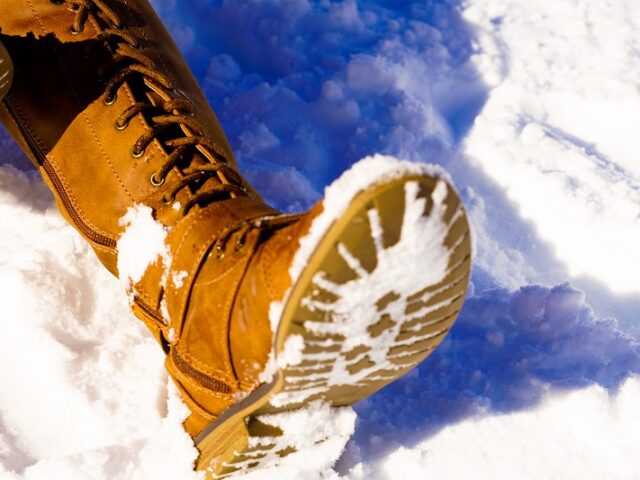
More Slips for Seniors This Winter?
Winter is on its way, and with it, the certain inevitability of slips on ice and snow.
This winter may be much like the previous ones, with one notable difference. Normally, more than 300,000 Canadians spend part or all of their winter in the US or Mexico, but the pandemic has put a stop to many of those “snowbird” travel plans.
That means a lot more seniors at home in Ontario during the winter–seniors who will be looking for ways to replace the outdoor recreational and fitness activities they’re missing down south.
Falls due to ice are one of the most common winter injuries in Canada. In fact, the latest Canadian Institute for Health Information data shows that in 2016-2017, across the country there were “almost 9,000 reported hospitalizations for injuries sustained after falls on ice, with men and women affected almost equally.”
A bad fall can result in serious injury at any age, but for seniors, the stakes are much higher. According to Geoff Fernie, a Senior Scientist and falls prevention expert at the University Health Network and the Toronto Rehabilitation Institute, “We think of broken bones as an inconvenient injury requiring a few weeks of casts and crutches. But for seniors, a broken hip can often mean the end of walking independently.”
The most common injuries due to falls on ice are fractured or broken hips, wrists and ankles as well as head trauma. Injuries may be worse for seniors or people who use mobility devices such as canes or walkers.
Since footwear is such a key part of staying upright on ice, you may wish to check out the Rate My Treads website. It’s a project of the Toronto Rehabilitation Institute that tests how well winter footwear resist slipping. The site rates dozens of popular footwear brands with the goal of helping the public and outdoor workers to find the right footwear to prevent slips and stay safe outdoors.
Ottawa Public Health also suggests using ice grippers on your boots, and if you use a cane, attaching a retractable ice pick to the end (remember to flip it up when you go indoors).
If you do suffer a slip, there are some things you’ll need to do in the event that you need to make a claim. Read more about them here:
- documenting the location of the slip and fall
- collecting evidence
- hiring a lawyer
- giving notice of your intention to make a claim
This last one is important because depending on the location of your fall, you may only have a few days to notify the property owner. Falls that take place on municipal property must be reported within just 10 days. For falls in other places, the limitation period for giving notice is 2 years. But a private member’s bill (Bill 118 – An Act to Amend the Occupier’s Liability Act) that’s making its way through the Ontario legislature seeks to reduce that period to 10 days as well, when the injury is due to snow or ice. We will be keeping an eye on the status of this bill; if it passes, it will have serious consequences for injured Ontarians.
